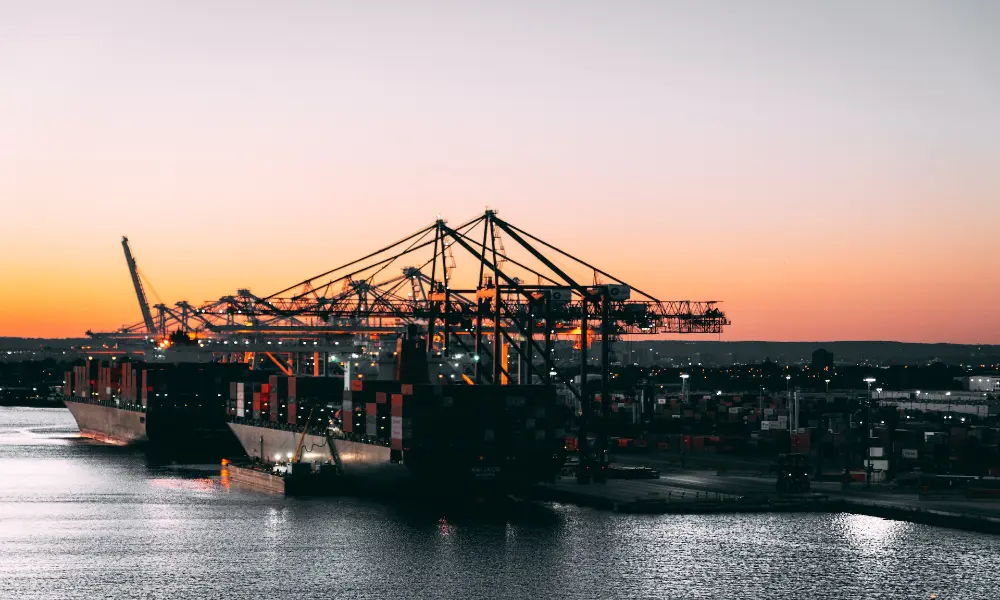The Chinese Thirst for Crude Oil
China’s oil consumption in the upcoming year, pivotal to the prosperity of global tanker trades, is subjected to intense debate. The People’s Republic, unquestionably the world’s leading crude oil importer, has witnessed a steady revival in its oil demand throughout 2023 post-COVID. According to forecasts from the International Energy Agency (IEA), by 2023 the Chinese thirst for oil should hit 16.29 million barrels daily – an increment of 1.6 million barrels daily compared to 2022 and 1.2 million barrels over the demand registered in 2021.
Projected Consumption Trends in 2024
However, China’s oil demand trajectory for 2024 seems less predictable, given certain economic uncertainties that have yet to significantly impact oil consumption within 2023, as noted by the latest report from tanker brokers Poten & Partners. In this uncertain climate, the IEA cautiously predicts an oil demand rise of just 0.6 million barrels daily for 2024.
Critical Dependency on Import Patterns
Chinese crude oil import patterns bear immense significance to the tanker market. Current data divulges that China has utilized VLCCs (Very Large Crude Carriers) for 83% of its marine crude imports from nations other than Russia in 2023, resorting to Aframaxes for merely 5%. A stark contrast emerges when addressing Chinese imports from Russia – 63% via Aframaxes and a mere 6% through VLCCs. Poten & Partners noted, “Imports from Russia seem to have reached their zenith, and China is increasingly sourcing crude oil from the Atlantic Basin.”
The Long-Haul Influence on Demand
The gradual shift to long-haul trades from regions such as the US and Brazil will escalate the ton-mile demand, particularly benefiting VLCCs. In 2023, China stood as the major propeller for oil demand growth. Nonetheless, according to a recent report by broker BRS, as China’s economy grapples with the prevailing crisis in its real estate sector, it’s likely to experience a ripple effect impinging upon other sectors and consequently suppressing oil demand in the coming year.
Slowing Pace of Demand Growth
In combination with the unique post-COVID surge in Chinese oil, demand witnessed during 2023, this spillover effect could result in a deceleration of growth – as per BRS calculations – from 1.2 million barrels daily this year to 700,000 barrels daily in the following year. This downturn, albeit significant, is consistent with the average growth pattern of the past decade. Regardless of this deceleration, BRS anticipates China to be responsible for 50% of the global expansion in oil demand next year.



